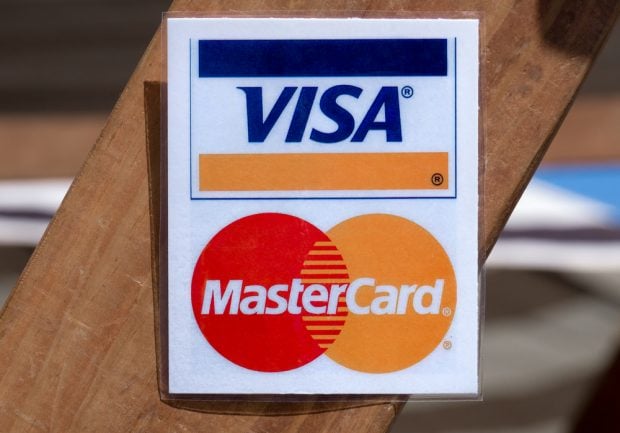 It's estimated that consumers spend at least two days per year waiting in line for services at retail environments. This cross-market frustration, spurred on by the preferences of the Gen Y consumer, is leading credit unions to transform branch operations, with an emphasis on providing interactive, self-service options.
It's estimated that consumers spend at least two days per year waiting in line for services at retail environments. This cross-market frustration, spurred on by the preferences of the Gen Y consumer, is leading credit unions to transform branch operations, with an emphasis on providing interactive, self-service options.
The branch isn't entering an end cycle; rather it is evolving with more of a concentration on sales than service. As technologies such as mobile and mobile remote deposit capture contribute to the decline of basic branch transactions, the value of the branch channel remains significant. In fact, the unique credit union concept of shared branching is becoming more important than ever. As the number of individual credit union branches decrease, the nationwide network of shared branch locations will enable credit unions to maintain their community presence.
Market indicators conclude that branches are increasingly viewed by members as destinations to conduct advanced transactions such as loans and opening new accounts. This will require a branch transformation process based on new technologies, but much more than that – it will also involve restructuring employee responsibilities and enhancing environmental designs.
Complete your profile to continue reading and get FREE access to CUTimes.com, part of your ALM digital membership.
Your access to unlimited CUTimes.com content isn’t changing.
Once you are an ALM digital member, you’ll receive:
- Critical CUTimes.com information including comprehensive product and service provider listings via the Marketplace Directory, CU Careers, resources from industry leaders, webcasts, and breaking news, analysis and more with our informative Newsletters.
- Exclusive discounts on ALM and CU Times events.
- Access to other award-winning ALM websites including Law.com and GlobeSt.com.
Already have an account? Sign In
© 2024 ALM Global, LLC, All Rights Reserved. Request academic re-use from www.copyright.com. All other uses, submit a request to [email protected]. For more information visit Asset & Logo Licensing.









